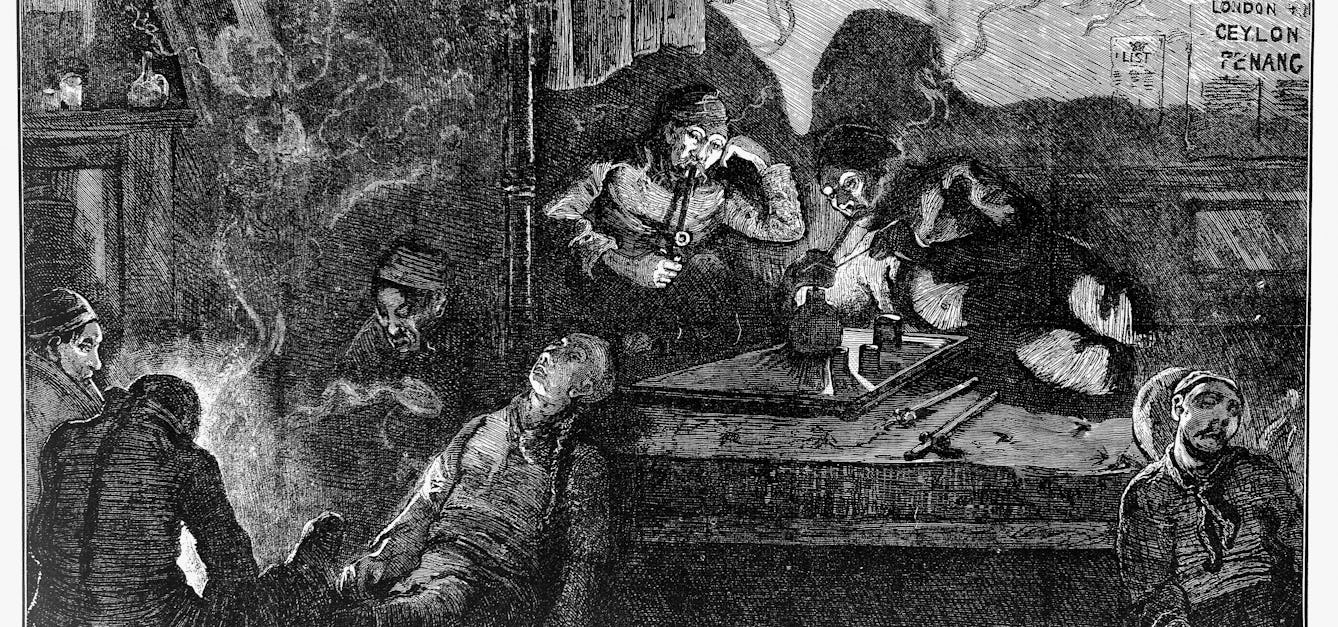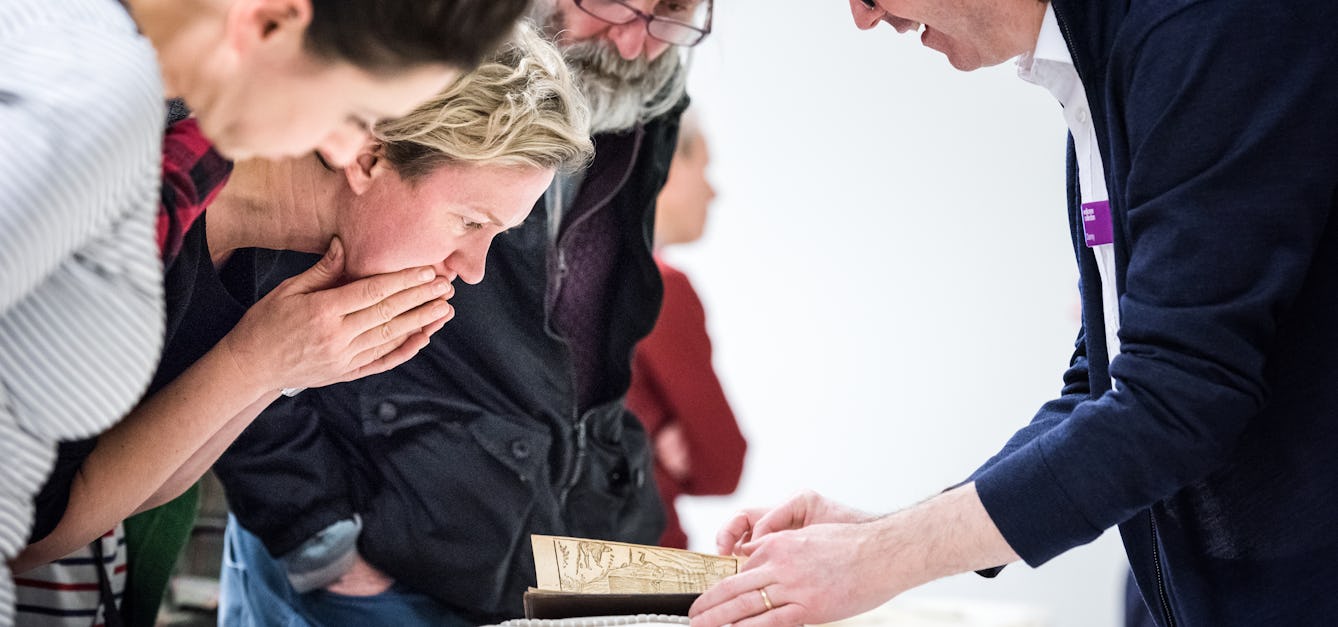Stories

- Article
Doctors and the English seaside
Fashionable seaside towns in England owe much of their popularity to 18th-century doctors, who advised them to take the 'sea cure'.

- Article
Ginger’s role in cures and courtroom battles
Some people will use a dose of ginger to help with hangovers – but it hasn’t always been a friend to the thirsty.

- Article
Indian botanicals and heritage wars
Colonial botanical texts, as astonishingly beautiful as they are, may cast very dark shadows.

- Article
Drugs in Victorian Britain
Many common remedies were taken throughout the 19th century, with more people than ever using them. What was the social and cultural context of this development?
Catalogue
- Books
- Online
The Healing Power of Chinese Herbs and Medicinal Recipes.
Russo, Ethan B.Date: 2012
- Digital Images
- Online
Dianthus caryophyllus L. Caryophyllaceae Carnation, clove-gilliflowers - Mediterranean Culpeper (1650) writes that ‘Clove-gilliflowers, resist the pestilence, strengthen the heart, liver and stomach, and provokes lust.’ They smell strongly of cloves, and an oil made from the petals is used in perfumery, soaps etc. The petals are sometimes used as a garnish for salads. In herbal medicine they are used to make a tonic. Photographed in the Medicinal Garden of the Royal College of Physicians, London.
Dr Henry Oakeley- Ephemera
Flitwick : an English medicinal spring which yields the most invigorating tonic in the world ... for anaemia (poorness of blood), rheumatism, indigestion, general debility, and neuralgia, and is the most invigorating tonic in the world ... wholesale depot: 63 Borough High Street, S.E.
Date: [1891?]
- Pictures
- Online
A priest pouring Elisir del Prete into a cup; advertising the tonic Elisir del Prete. Colour lithograph, ca. 1910.
Date: [1910?]Reference: 659718i
- Pictures
- Online
A centaur advertising "Centaure" tonic wine made of Alpine plants. Colour lithograph.
Date: [1920?]Reference: 43394i



![Hepatica nobilis Mill. Ranunculaceae. Liverwort - not to be confused with the lichen of the same name. Distribution: North America. Liverwort (‘liver plant’): discontinued herbal medicine for disorders of the liver. The name and the use to which the Liverworts have been put medicinally is suggested, according to the doctrine of signatures, by the shape of the leaves which are three-lobed, like the liver. It is little used in modern herbalism but was employed in treating disorders of the liver and gall bladder, indigestion etc. It is highly toxic. Hepatica acutiloba was widely used for liver disorders in the 1880s, with up to 200,000 kilos of leaves being harvested per annum to make liver tonics - which eventually caused jaundice. Gerard (1633) calls it Hepaticum trifolium, Noble Liverwort, Golden Trefoile and herbe Trinity and writes: 'It is reported to be good against weakness of the liver which proceedeth from a hot cause, for it cooleth and strengtheneth it not a little. ' He adds ' Baptista Sardus[a Piedmontese physician fl. 1500] commendeth it and writeth that the chiefe vertue is in the root](https://iiif.wellcomecollection.org/image/B0009042/full/282%2C/0/default.jpg)
![Hepatica nobilis Mill. Ranunculaceae. Liverwort - not to be confused with the lichen of the same name. Distribution: North America. Liverwort (‘liver plant’): discontinued herbal medicine for disorders of the liver. The name and the use to which the Liverworts have been put medicinally is suggested, according to the doctrine of signatures, by the shape of the leaves which are three-lobed, like the liver. It is little used in modern herbalism but was employed in treating disorders of the liver and gall bladder, indigestion etc. It is highly toxic. Hepatica acutiloba was widely used for liver disorders in the 1880s, with up to 200,000 kilos of leaves being harvested per annum to make liver tonics - which eventually caused jaundice. Gerard (1633) calls it Hepaticum trifolium, Noble Liverwort, Golden Trefoile and herbe Trinity and writes: 'It is reported to be good against weakness of the liver which proceedeth from a hot cause, for it cooleth and strengtheneth it not a little. ' He adds ' Baptista Sardus [a Piedmontese physician fl. 1500] commendeth it and writeth that the chiefe vertue is in the root](https://iiif.wellcomecollection.org/image/B0009043/full/282%2C/0/default.jpg)
![Ayer's Sarsaparilla : purifies the blood, improves the complexion, makes the weak strong : "How fair she grows from day to day" : she uses Ayer's Sarsaparilla / [Dr. J.C. Ayer & Co.].](https://iiif.wellcomecollection.org/image/B17549127.JP2/full/282%2C/0/default.jpg)




